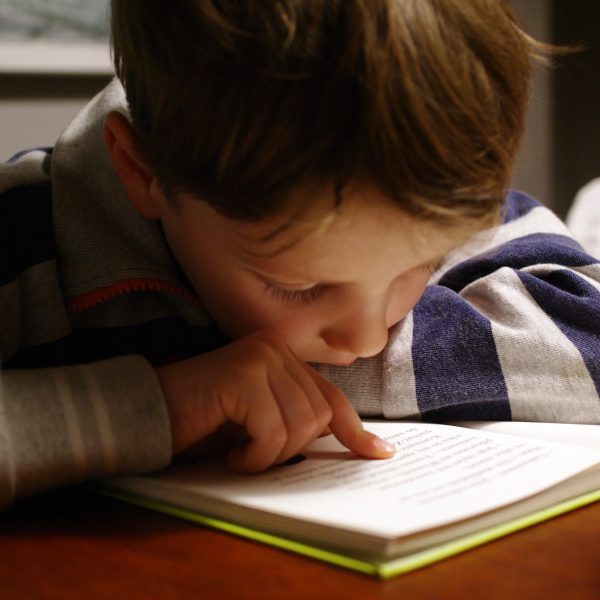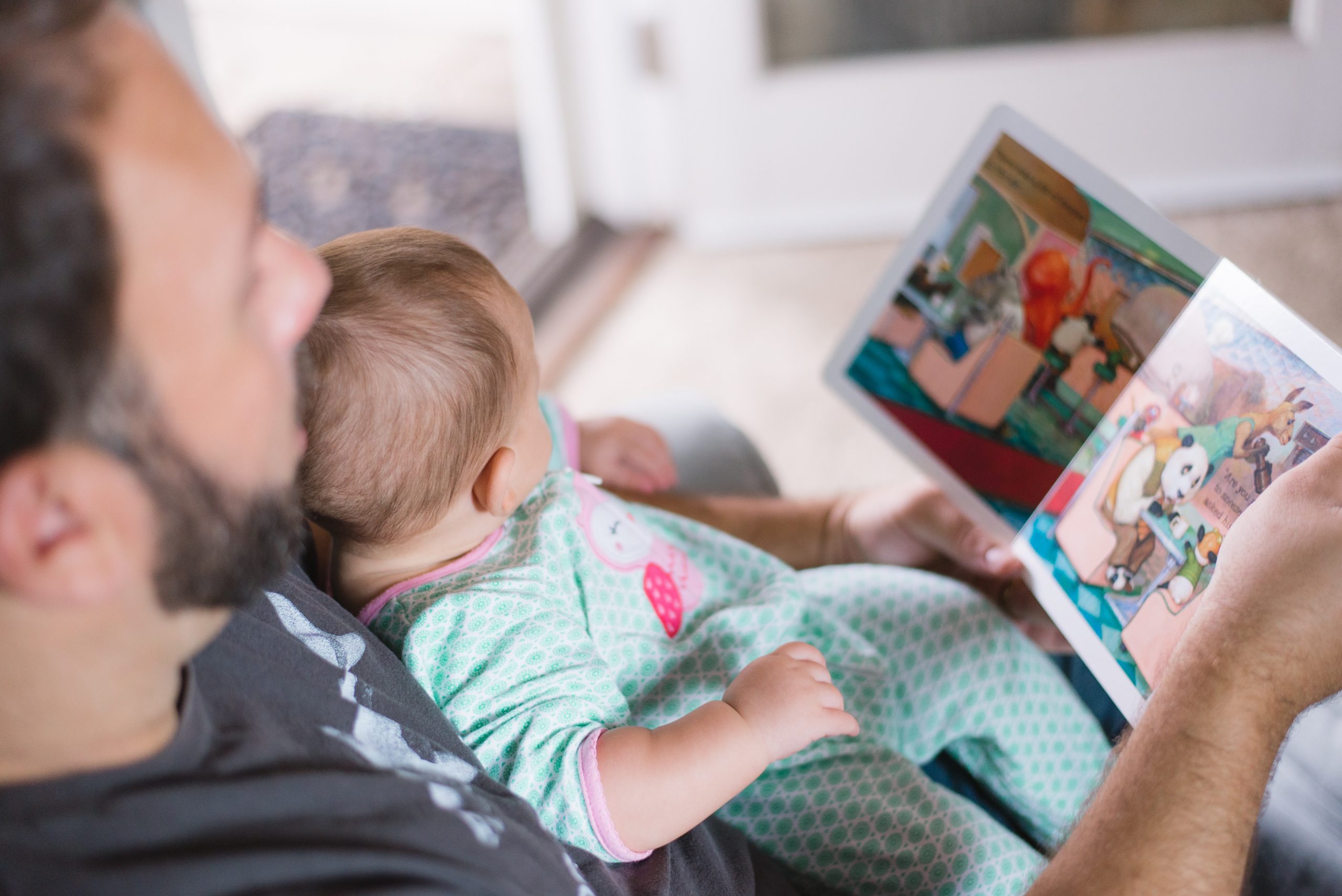Naps help children to learn letter/sound skills, researchers find

Children’s abilities to match letters to sounds is considered to be an important indicator of early literacy, with researchers showing that children with strong abilities in this space are more likely to be successful readers.
Little, however, is known about the link between sleep, memory development and literacy skills. To see what role daytime naps play in children’s capacity to develop letter/sound skills scholars from Macquarie University, the University of Oxford, the University of York and the University of Sheffield investigated whether a daytime nap could support preschool children’s ability to learn letter sounds and to transfer this newly learned knowledge to the recognition of printed words.
Their findings have been shared in a new study published in Child Development providing initial evidence that naps could be beneficial for preschool children’s learning of letter-sound mappings.
“Having a nap after learning might facilitate the capacity to utilise newly learned information in a new task,” said Hua-Chen Wang, Lecturer in the School of Education at Macquarie University.
“We found a positive nap effect on children’s learning of letter-sound mappings, and in particular, using that knowledge to read unfamiliar words.”
Thirty-two three-to-five-year-old children from two daycare centers in Sydney who napped regularly participated in the study. The centers did not provide formal teaching of letter names or sounds.
Each child participated in seven sessions over two to four weeks which included the following:
- Pre-test: To establish baseline levels of letter-sound knowledge.
- Letter-sound mapping training: Held a week apart under both “nap” and “no-nap conditions.”
- Post-tests: To assess learning once after a nap and once after a period of wakefulness. To examine whether any effect of nap on learning was maintained, knowledge was also reassessed one day later. Each session assessed letter-sound mappings and using explicit learning (e.g., “Which sound does the letter C make?”) and knowledge generalisation tasks (e.g., “Here’s Tav and Cav, which one is /kav/?”).
The authors predicted that if a nap benefits letter-sounds skills, then children who napped would perform better on both the explicit learning tasks (e.g., children were asked to produce or recognise the letter sounds they learned earlier) and knowledge transfer tasks (e.g., children were asked to identify unfamiliar words containing the letter sounds they learned earlier). The findings showed that napping did appear to positively affect performance on the knowledge transfer test. This nap benefit was maintained the following day.
The authors acknowledge that because the study was conducted at daycare centers instead of in a laboratory (to make the children more comfortable), they were unable to measure physiological features of sleep such as rapid eye movement (REM) and how they are related to the sleep benefits. This would be an important direction for future research.
The authors also note that since the nap effect was only found in generalising letter-sound knowledge to recognising printed words, but not on the explicit learning measures, future research on this topic with a larger sample size is recommended.
“The research provides initial evidence that naps facilitate the acquisition and application of letter-sound mappings, abilities that are crucial to early reading development,” said Macquaire University Professor Anne Castles said “These findings may have implications for creating the optimal conditions for the acquisition of this fundamental literacy skill in preschool children.”
To read the full study please see here.
Popular

Policy
Quality
Practice
Provider
Research
Workforce
ECEC services to close early for mandatory child safety training under national reforms
2025-12-01 07:10:09
by Fiona Alston

Quality
Policy
Practice
Provider
Workforce
Growth restrictions and enhanced oversight imposed on Affinity Education Group in NSW
2025-12-01 07:30:29
by Fiona Alston

Workforce
Events News
Policy
Practice
Provider
Quality
Gold Walkley Award win for childcare investigation places national spotlight on safety and accountability in ECEC
2025-12-02 07:30:34
by Fiona Alston
















